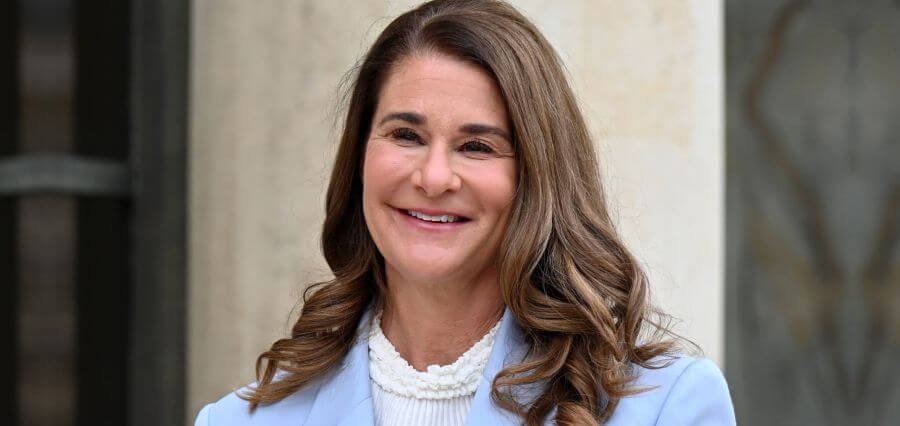The Art of Leadership
Effective leadership is often described as an art: a unique combination of a vision, interpersonal skills, and strategic thinking. Leadership, at its core, is about guiding people toward common goals, motivating them to put forth their best efforts, and creating the right environment for them to thrive. However, managing and motivating people isn’t always straightforward. Most of all, these processes require a consistent effort to take everyone to be focused on success. Self-awareness and very well-developed skills are required in leading people and in leading them with building trust.
Lead by Example Set the Standard
First Principle: A leader must live the values, work ethic, and behavior expected of him or her by the team. It means a leader cannot give orders or hand out responsibility without putting in the effort themselves. Leaders who expect punctuality, quality, and commitment from everyone must exhibit those qualities first.
Leading by example entails a character that should show accountability and transparency in his actions. Respect others, treat them well, and always be calm. It becomes easier for people to have the leader in mind if he exhibits attributes that have been admired. A good leader who gets rolled up to contribute to the progress of the team will attract much respect and loyalty.
Communicate Clearly and Consistently
Probably the most common mistake in leadership is poor or unclear communication. Unclear expectations, inconsistent feedback, or general lack of transparency creates confusion, and disengagement and demotivation take over among the team members.
Effective leaders ensure that their communication is clear as well as consistent, meaning that important objectives, changes, or feedback are communicated clearly and in a timely manner. It doesn’t have to be a “say it three times syndrome,” but the group needs to know what’s expected of them, changes occurring within the organization, or actualized feedback in order to keep everyone onboard. Regular check-ins, open-door policies, and clear channels for actualized feedback all contribute towards an environment where members feel that their voices are heard and in line with the organizational goals.
Apart from saying, listening is also a part of communication. Understanding what teammates are concerned about and thinking about the leader helps in attending to the problems and gaining creativity. Through active listening, people feel a sense of belonging that motivates them to start doing things because they know their voice counts.
Acknowledge and Reward Successes
Recognition directly relates to motivation, in that people want to feel that they are appreciated and making some contribution. Now, recognition does not necessarily need to be big and formal, but it should certainly be true. A simple “thank you,” or acknowledgment made in a team meeting can go a long way in reinforcing positive behavior and boosting morale.
And, for significant accomplishments, the leader should publicly note the milestone-through team awards, social media shout-outs, or any form of acknowledgment. Public recognition motivates the employee but also sets a norm for the others in the team.
However, recognition has to be tied together with actions and their outputs. Leaders who praise people without indicating why can end up watering down the worth of doing so. Praise for efforts in solving a problem or efforts made on a project gives recognition significance and even defines to employees what behaviors are valued.
Set Clear Goals and Expectations
Effective leaders help team members make proper objectives by setting clear and measurable goals. Vagueness or unrealistic expectations can lead to frustration and disengagement because the members are confused about what they are working toward or how to get there. Leaders need to collaborate with the team to provide SMART goals such as specific, measurable, achievable, relevant and time-bound.
Breaking down the tasks into smaller and achievable tasks with bigger projects helps leaders explain their roles and how everyone contributes toward that larger vision. The goal would give the employee a purpose or direction clearly, and they even have ways of looking at and measuring progress toward such goals.
Moreover, these types of goals have to be reviewed periodically or revisited when appropriate for new circumstances or changes. Thus, with periodic review, leaders are able to create a culture of flexibility or agility within an organization, with people who can pivot and refocus easily when needed.
Conclusion
Mastering the art of leadership does not happen overnight. It requires both effort and emotional intelligence along with a willingness to adapt and grow. Success leaders first realize that managing and inspiring people is much more than just ordering; they make people trust them, support them, and provide an environment for everyone to succeed. It creates a productive team inspired to lastingly succeed when leaders invest in their people-helping people grow, giving them clear direction, and acknowledging their accomplishments.





